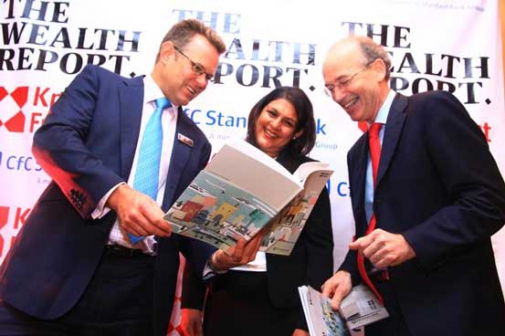×
The Standard e-Paper
Kenya's Bold Newspaper

NAIROBI, KENYA: Many visitors find their stay in Nairobi defined by incessant traffic jams and nerve-racking nightmare rated to be worth Sh58 million of productivity a day.
However, a comparative survey of trends shaping 40 leading cities across the world by realtors Knight Frank, showed that Nairobi traffic could not miss on the agenda.